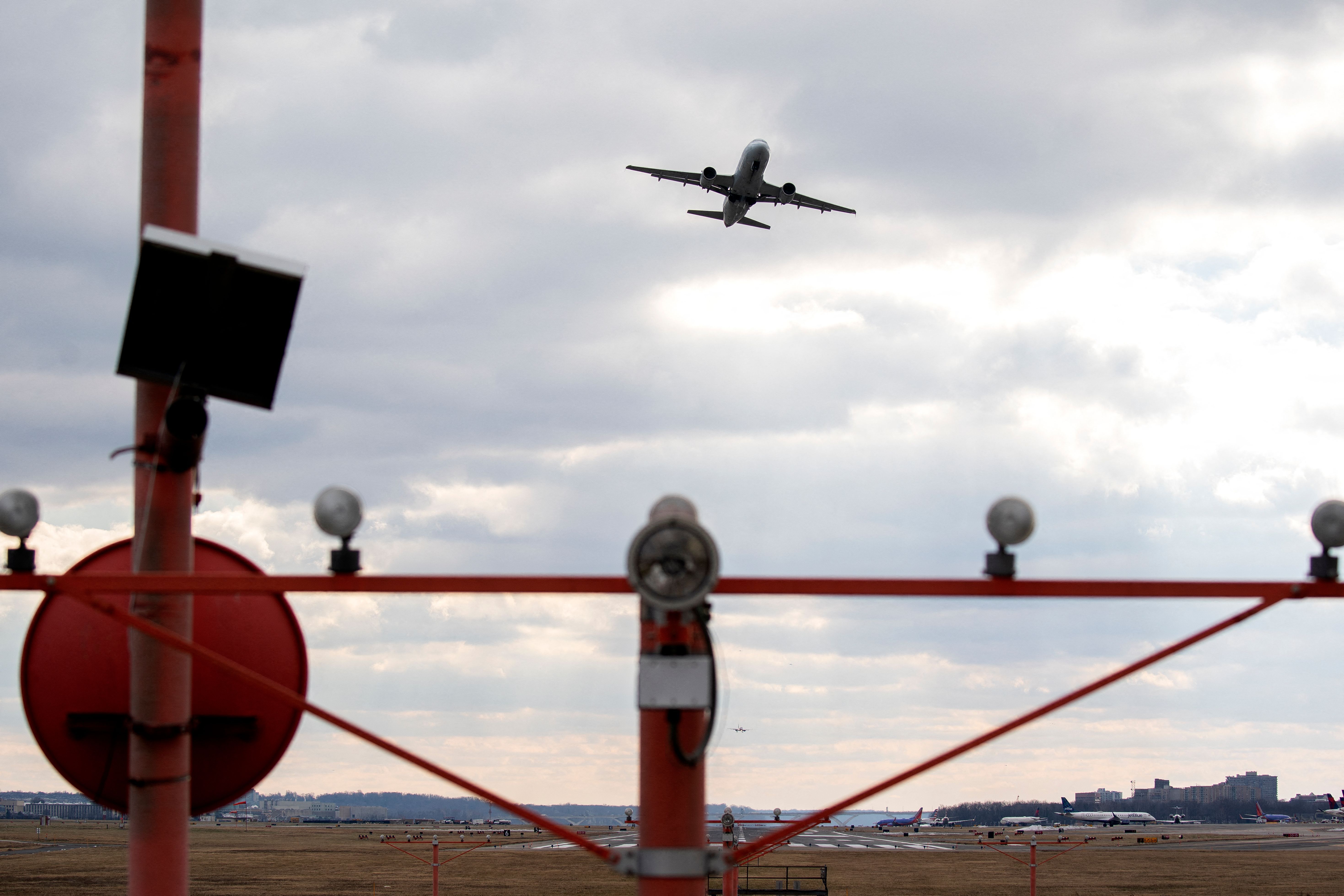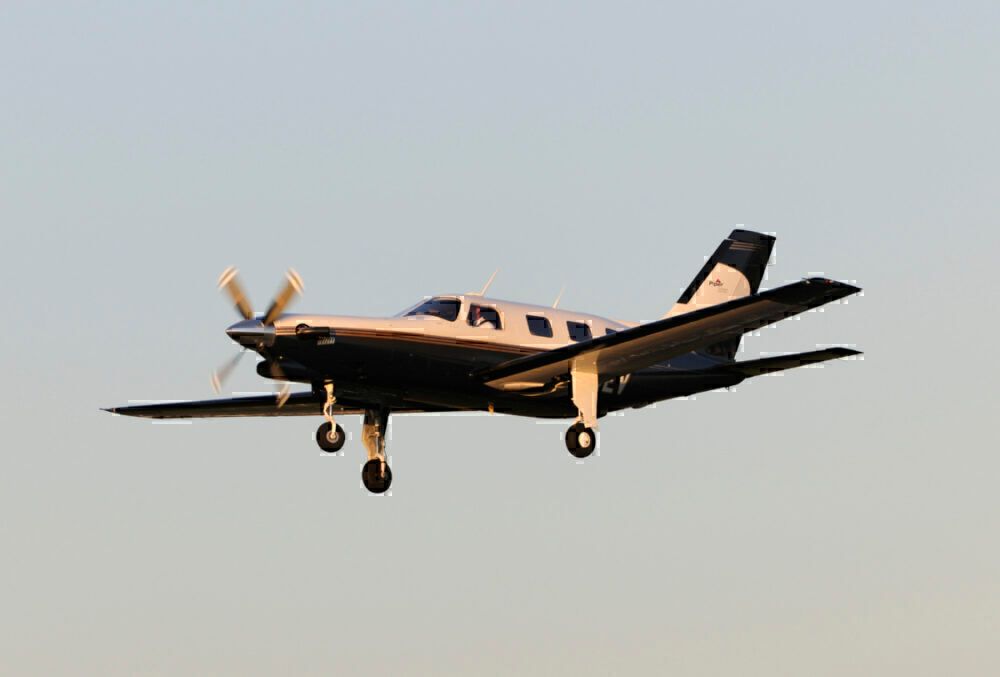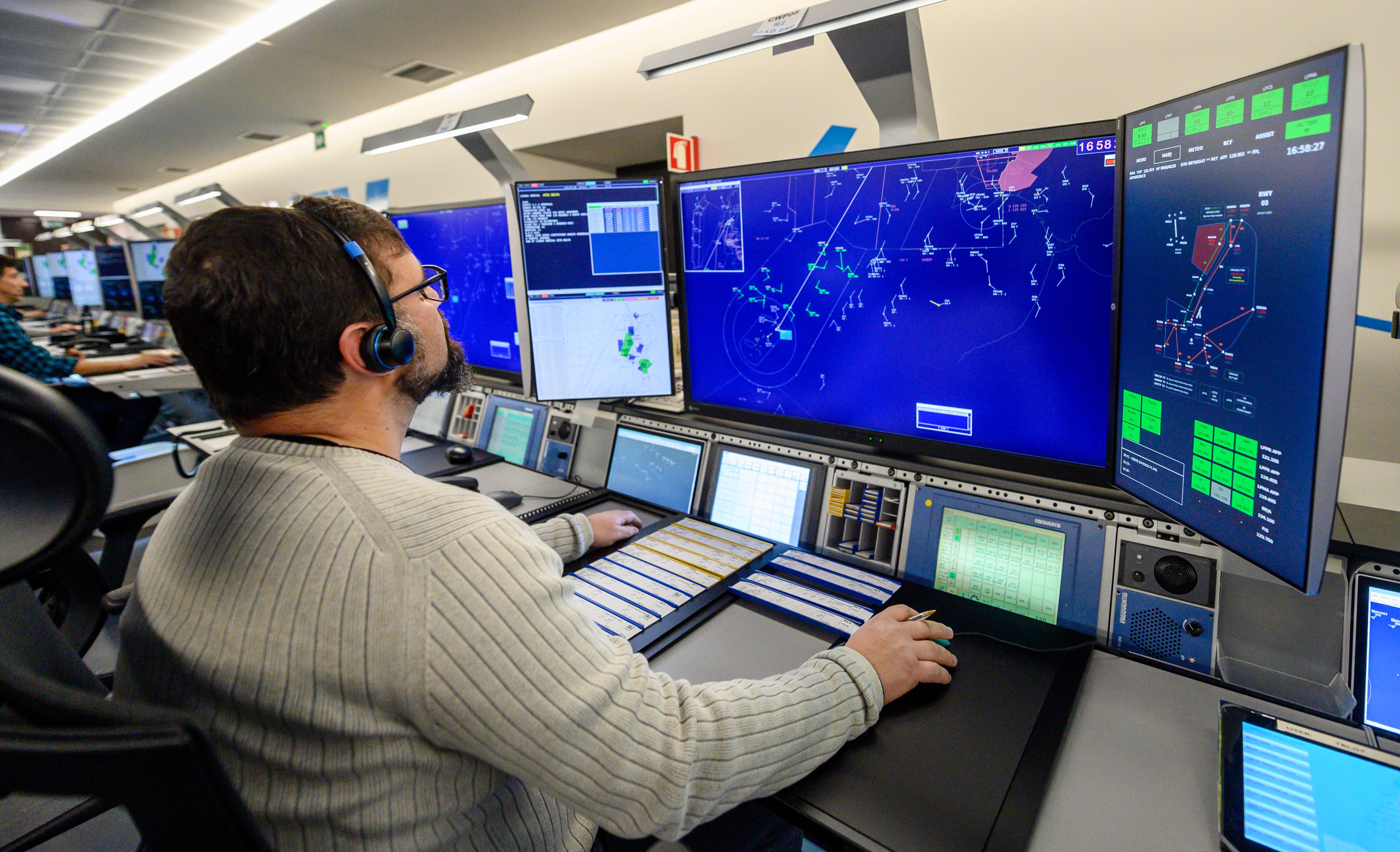Two different sets of flight rules apply when flying an aircraft, whether it's a private single-engine plane or multi-engined jet airliners. The two sets of rules are known as visual flight rules (VFR) and instrument flight rules (IFR). Visual flight rules mean pilots rely on the outside visual reference points that they can see.
Pilots cannot fly using VFR if they are flying through clouds or within the defined clearances of them as they need to be able to see other aircraft. Air Traffic Control (ATC) is not necessarily responsible for keeping planes that are flying VFR separated, though services such as flight following are available depending on the region.
Weather conditions dictate whether pilots fly VFR or IFR
Whether pilots fly VFR or IFR will depend partially on the weather conditions, the route of the flight, and other variables. When it comes to weather, the Federal Aviation Administration (FAA) defines specific values for cloud ceiling and visibility in a book of rules known as Federal Air Regulations (FARs). These vary depending on the type of flight and the airspace an aircraft is in, and are defined by Part 91.155 of the FARs. In Class B airspace there must be at least 3 statute miles of visibility and pilots must fly clear of clouds. In general, for controlled airspace, the restrictions are as follows,
|
Airspace |
Minimum Visibility |
Distance From Clouds |
|---|---|---|
|
Class A |
Not Applicable |
Not Applicable |
|
Class B |
3 statue miles |
Clear of clouds |
|
Class C |
3 statue miles |
500 feet below 1,000 feet above 2,000 feet horizontal |
|
Class D |
3 statue miles |
500 feet below 1,000 feet above 2,000 feet horizontal |
|
Class E (<10,000ft MSL) |
3 statue miles |
500 feet below 1,000 feet above 2,000 feet horizontal |
|
Class E (≥10,000ft MSL) |
5 statute miles |
1,00 feet below 1,000 feet above 1 statute mile horizontal |
With ATC clearance, it is possible to deviate from the published minimums under conditions known as "Special VFR Weather Conditions" (Part 91.157 of the FARs).
You may have noticed that on the chart above the minimums for VFR flying in Class A airspace is not listed. In the United States, all airspace between 18,000 feet MSL to FL600 (around 60,000 feet above sea level) is Class A airspace. Almost all flights in United States Class A airspace must be IFR, with very few exceptions.
When flying under IFR pilots have a whole different set of concerns. Instead of looking out for other aircraft, they rely on ATC to keep them from colliding with other aircraft. However, an entirely different type of flying is required, meaning that pilots require additional certification to be able to fly IFR.
Flying VFR is less restrictive than flying IFR
The way pilots fly differs significantly between VFR and IFR flight. When flying VFR, pilots rely on what they can see out of the window. This is the reason for the table of minimum visibility and cloud clearances listed above. Making reference to charts, pilots flying VFR can either plan a flight, or just fly where they feel like (as long as they don't break any rules such as infringing airspace).
This means that a pilot flying VFR may plan their flight around VRPs or Visual Reference Points. For example, you may follow the river until the town before following the highway to the next town. If the pilot sees a point of interest en route, there's nothing stopping them from deviating from their plan to take a closer look.
The opposite applies when flying IFR. IFR flights must have a flight plan, meaning that the origin, destination, and route are filed in advance. Pilots are then expected to follow the instructions of the air traffic controller that they are communicating with, and if they stray from their path, questions will be raised
When pilots learn to fly, they start off learning how to fly VFR, relying on the horizon, and what can be seen from the outside. Having achieved their Private Pilot Certification (PPL), many pilots will then go on to achieve an additional certification that requires them to essentially start from scratch.
While learning to fly IFR, pilots will often wear special glasses that allow them to see the instruments but not what is going on outside the plane during lessons. While studying for their PPL, pilots in the United States are required to complete three hours of flight training referencing only the instruments. This means that should they accidentally end up in IFR conditions, they should have the basic skills needed to get out and land safely.



